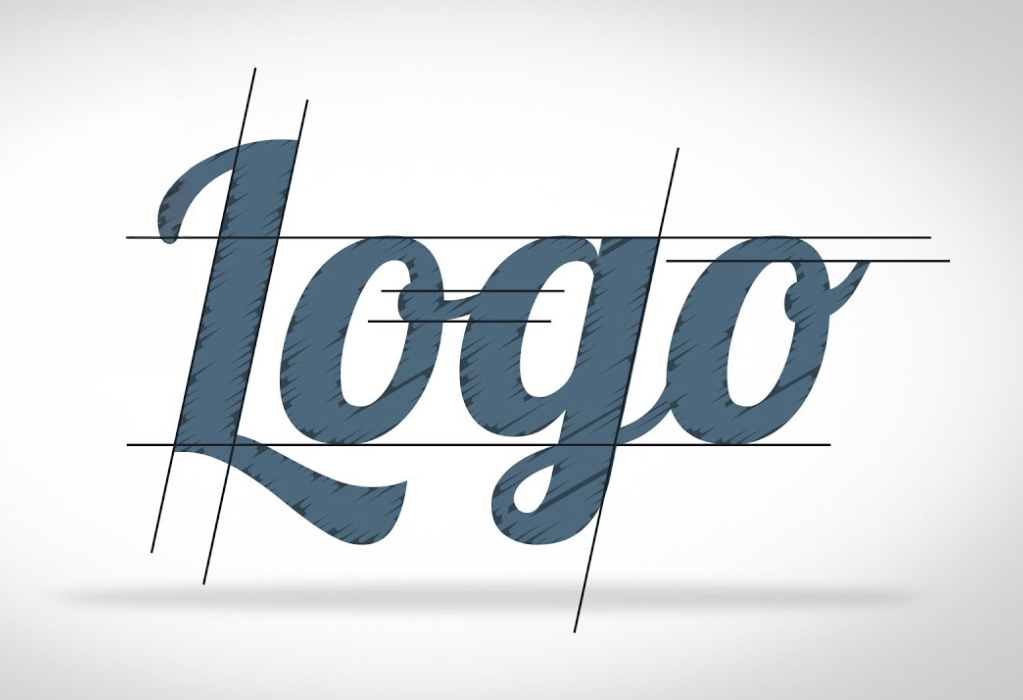
Color psychology in branding: how colors can boost your brand image

In our visually oriented world, colors play a central role in branding. They evoke emotions, shape the perception of your brand, and can even influence the behavior of your customers. This blogpost takes you on a journey through the world of branding and shows you how the right choice of colors can advance your brand.
What exactly is branding?
Branding is much more than just a cool logo or a catchy slogan. It’s about giving your brand a distinctive identity and clear values that set it apart from others. Smart branding includes everything—from design and communication strategies to the coherent application of these elements. This helps you build a strong, emotional connection with your target audience and ensures their loyalty.
The Impact of Colors
Colors are true emotion triggers. Each shade has its own meaning and can have different effects depending on culture, demographic factors, and personal experiences.
Here are a few examples:
Red: Represents energy and passion, but also signals danger. It’s ideal for call-to-action buttons when you want to grab attention.
Blue: Stands for stability and trust; it’s no wonder that many banks and tech companies choose blue for their branding.
Green: Many associate it with nature and growth — perfect for brands that want to express environmental awareness.
Yellow: Radiates optimism and friendliness, but can be overwhelming in large amounts.
Black: Pure luxury and elegance. Many premium brands use black to convey exclusivity.
Color Psychology in Action
The combination of colors in branding must be carefully considered, because each color combination sends its own message.

Fanta
This brand uses vibrant orange to convey fun and youthful freshness, thus communicating youth and vitality.

The blue palette of Facebook symbolizes calm and trust, which is particularly important as the platform manages personal data of its users, thereby creating a soothing and professional atmosphere.

Apple
Apple uses white and gray in its branding to suggest purity, simplicity, and modern design, positioning the brand as premium and sophisticated.
Best Practices for Using Colors in Branding
- Know your audience: Understand who your customers are and which colors resonate best with them.
- Consistency is key: Use your brand colors consistently across all channels to strengthen your brand identity.
- Testing and adjusting: Keep up with color trends, regularly gather feedback, and adjust your color scheme as needed. However, beware: too frequent changes can harm your brand.
Conclusion
With the right use of colors in your branding, you can not only strengthen your brand and increase customer loyalty but also boost your business success. Color psychology allows you to present your brand in an emotionally appealing and visually impressive way. Whether you are establishing a new brand or redefining an existing one, colors are a powerful tool that can help you tell your story and stand out from the crowd.










